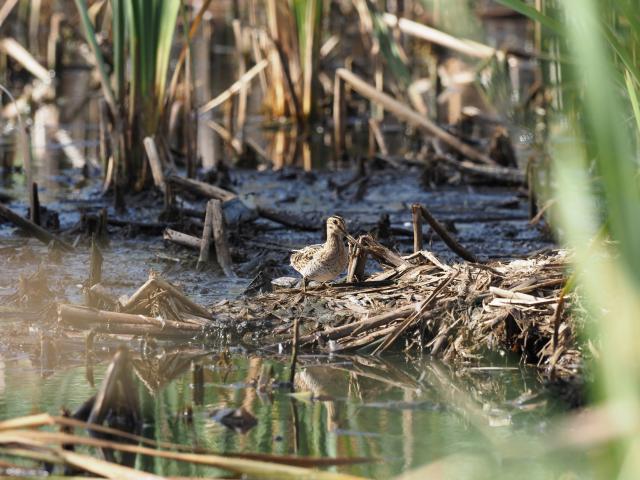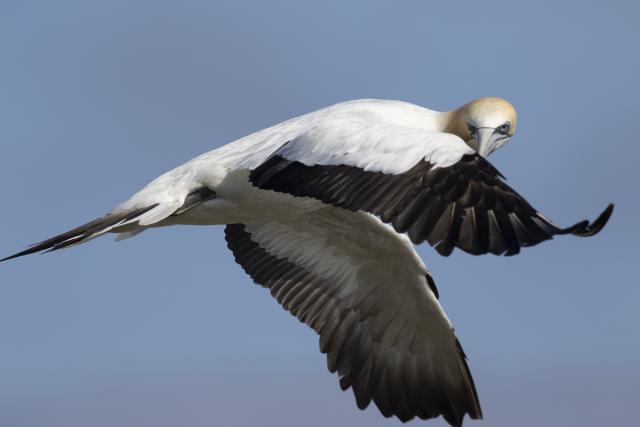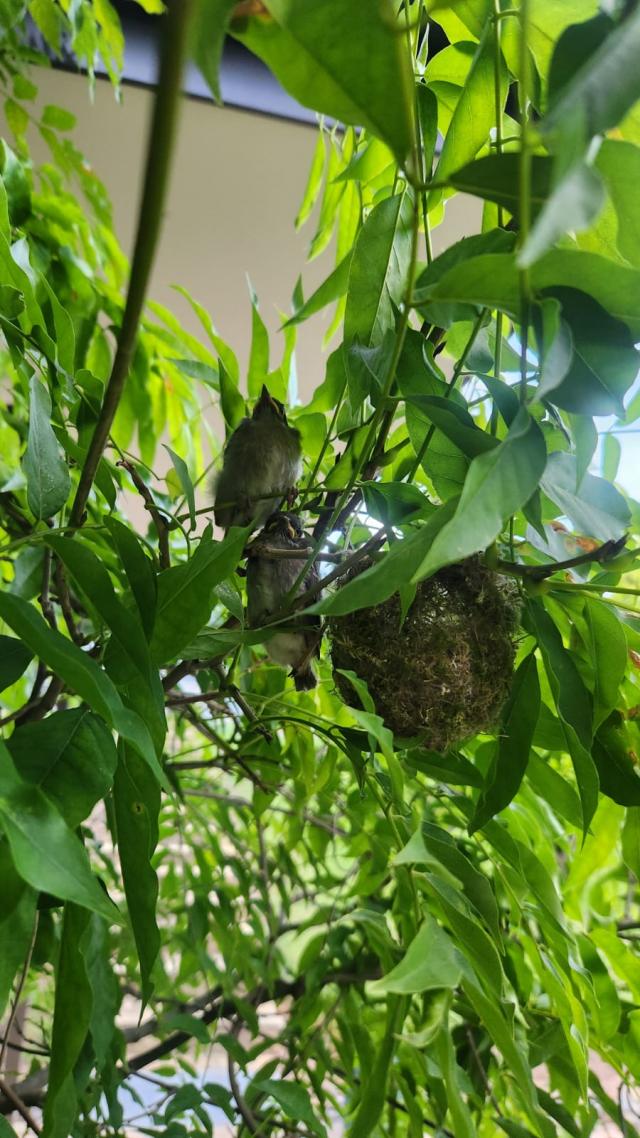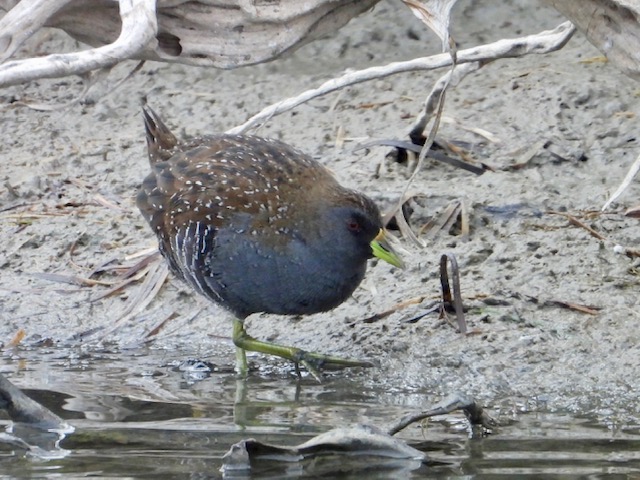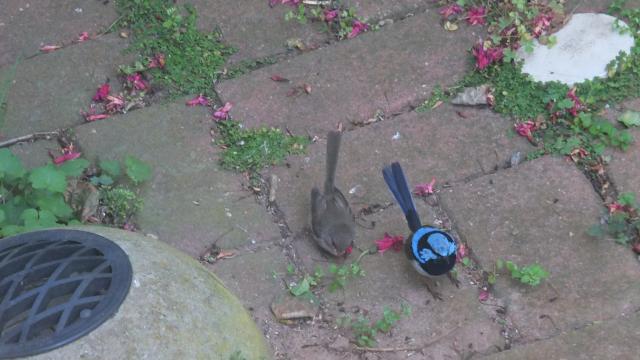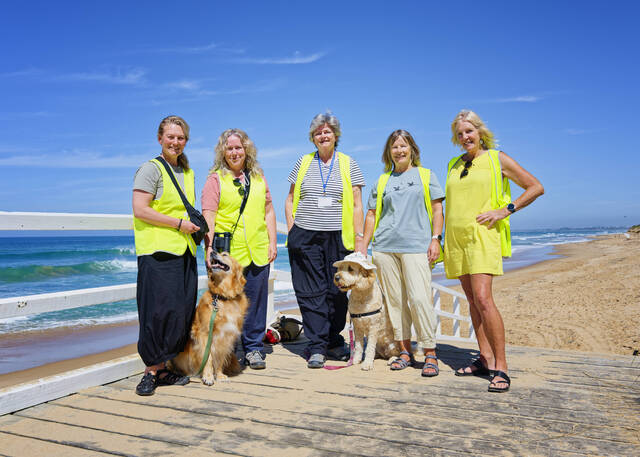I’ve spent most of the last few weeks travelling to, and exploring, Robe in South Australia.
On the way we stopped for one night in Portland, after having a quick look at the always wonderful Port Fairy.
There was a jazz music festival at Port Fairy, and it was lovely to have lunch listening to iconic music, especially when stumbling across the festival was so unexpected.
I intentionally visited Portland to check out the gannet nesting colony at Point Danger, which is the only onshore gannet nesting colony in Australia. There is a small island called Lawrence Rocks located 2km from Point Danger where it is estimated that a whopping 6000 pairs of gannets’ breed and roost.
In the 1990s this nesting area became overcrowded, so the gannets started nesting on the rocks at Point Danger, and currently there are around 300 pairs using this site. The gannets nest and raise chicks from July to April.
At 5.30pm every day, close access to the site is given by tour guides, and it was great to view the birds from a reasonably close distance. There is an electric fence set up in a bid to protect the birds from predators such as foxes and feral cats, but these creatures are so wily that apparently, they sometimes still find access to the birds.
In five days I have spotted nearly 70 species of birds. There is a small lake in Robe near where I am staying called Fox’s Lake, which drains into the ocean. There is a bird hide on the ocean side of the lake, but I haven’t seen much from this spot as unfortunately there is no water in the lake near the hide.
However, where the lake drains under the main access road to the township there is a walking bridge, and from there I have seen a pair of red-kneed dotterel, a few Latham’s snipe, and a magnificent common sandpiper.
Common Sandpipers are migratory shorebirds that breed in Europe and Asia and spend the summer months in Australia. They can be seen frequenting both saline and freshwater lake habitats in the summer months, in fact I have seen this bird on a rock ledge along the Moyne River at Port Fairy on a few occasions, and they can also be seen occasionally around Breamlea and Point Impossible.
Most of the birds that can be seen around Robe are also found in the Geelong region, but I have noticed a few kelp gulls that are rarely seen around home. These gulls resemble Pacific gulls but have a finer bill with a red patch only on the lower mandible. I haven’t seen any new birds to add to my list, but you never know your luck.
I received an email from Carole, who went with a conservation group to Avalon on World Wetlands Day and wandered the various areas.
Some flats had water and consequently lots of bird life, others just stretches of mud and dried salt.
She saw pelicans, silver gulls, cormorants (little, pied, black) ducks (mainly chestnut teals), red-necked stints, sharp-tailed sandpipers, red-capped Plovers, and spotted crakes just to name a few.
Part of the day was dedicated to weeding onion grass mainly. Carole remarked that the strong wind and warmth of the day was tiring, however she was delighted that so few people working just a section of our day could assist in clearing one area of unwanted plants.
I received an email from Alan who informed me that there is still a Latham’s snipe hanging around Blue Waters Lake, and it flew off at a great rate of knots as he walked around the north edge.
The bird must have been only 20 metres away, but Alan did not see it until it flew as it was well camouflaged amongst the fallen tree litter. A few days later Alan hid in the reeds for half an hour, and he managed some great photos of two snipe that were hanging around at the east end of the lake.
Alan thinks that as the water level has dropped, the snipe are coming out into the open a bit more so it’s a matter of standing still long enough and waiting for them to appear. A spotted crake also wandered in and out of the reeds while Alanwas there.
I received a lovely email from Jack, who followed up his previous email about a yellow-faced honeyeater nest with a photo of two chicks about the fledge.
Finally, an email from Su, who lives near me in Ocean Grove. She has had a pair of superb fairy wrens visiting her garden.
Su remarked that she is lucky to have them, and she noticed them on two days during the week.
They have been more frequently seen at Lel’s across the dam. They have probably been here more than we have seen, as they are very quick, but can be chased away by the New Holland honeyeaters, who are very territorial.

